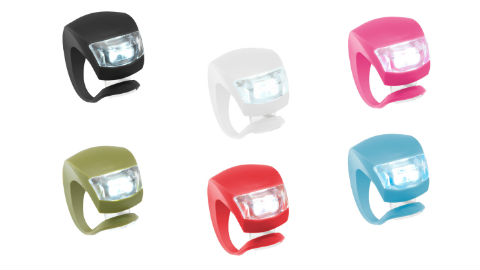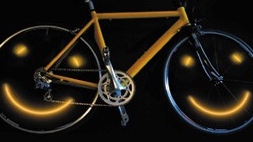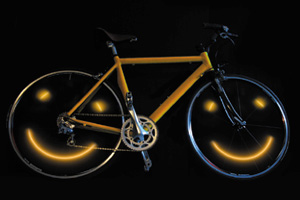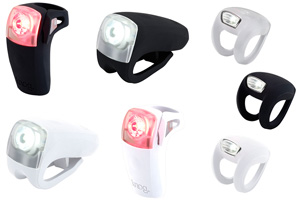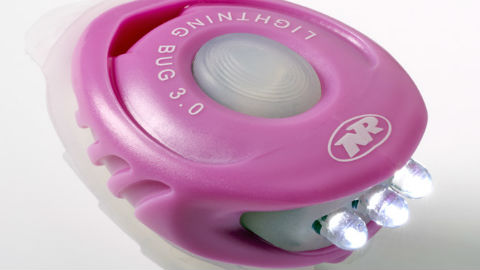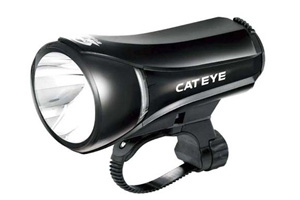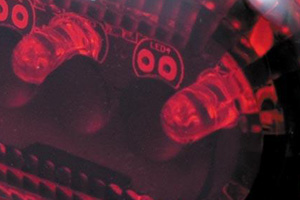 Back in September Cyclo published a feature on the often confusing legal situation regarding cycle lighting (read the original article here). In it Alex Bailey, Communications Officer for the CTC – the UK’s National Cyclists’ Organisation – offered this comment: “The long and short of it is that lighting regulations have lagged behind lighting technology. In practice, even entry level lights made by an established cycle lighting manufacturer are far brighter than their historic counterparts, LED technology representing a step change for the industry with its massive efficiency improvements over the tungsten lighting that the BS regulations were written for.” In response, and in many ways proving how divisive an issue this is can be, Chris Juden, the CTC’s Senior Technical Officer, asked us to run the following:
Back in September Cyclo published a feature on the often confusing legal situation regarding cycle lighting (read the original article here). In it Alex Bailey, Communications Officer for the CTC – the UK’s National Cyclists’ Organisation – offered this comment: “The long and short of it is that lighting regulations have lagged behind lighting technology. In practice, even entry level lights made by an established cycle lighting manufacturer are far brighter than their historic counterparts, LED technology representing a step change for the industry with its massive efficiency improvements over the tungsten lighting that the BS regulations were written for.” In response, and in many ways proving how divisive an issue this is can be, Chris Juden, the CTC’s Senior Technical Officer, asked us to run the following:
“I disagree with Alex (Bailey). The design-restrictive clauses about tungsten bulbs were deleted from BS6102 almost a decade ago. It is perfectly possible to design a state-of-the-art cycle headlamp that will meet consumers’ needs wonderfully and also get British legal approval. But nobody does.
“Why? Because British approval is slightly different to French approval, which is different to German approval, Swiss approval, Danish approval … To thrive or even survive in today’s world market a manufacturer must sell his goods to many countries, and since there’s no prohibition on the sale of “additional” lights that do not meet approval but are legal in addition to the approved lights (which unfortunately have become like hens teeth) there’s no problem in designing any which way they like!
“What has really changed since BS6102/3 was fit for purpose is that Britain is no longer the cycle workshop of the world and Britons no longer cycle very much. The only European country that can still call the shots with its European vehicular-style bike lighting regulations is Germany – and only when it comes to dynamos. There being 80 million Germans, who each cycle 5 times as much as the average Brit, spend ten times as much on bikes and bike parts and are required by German law (which they mostly obey) to use only a dynamo of specific voltage and wattage. Other European countries either follow in the wake of the Bismark or de-regulate. Except Britain, which demands adherence to a high standard – that the whole world ignores.
“The cycle trade should be banging on the doors of the transport ministers demanding the de-regulation of cycle lighting, since virtually all of the lamps they are selling do not meet the letter of the law and never will so long are there is not one common European Standard for cycle lights (like there has been for car lights like almost forever). But the trade do not do this. Reason: it draws attention to the fact that the stuff they’re selling already is not approved. A sign that says none of the lamps we sell are approved (or you can’t ride at night on these pedals because they don’t have reflectors) is as welcome in a bike shop as a fart in a spacesuit. It’s much less trouble and more profitable to keep on pretending that everything in the cycling garden smells of roses!”
Chris Juden – CTC’s Senior Technical Officer www.ctc.org.uk
Here at Cyclo we rather suspect that won’t be the end of it. If you want to get in touch and let us know your thoughts on lighting regulations (or any other subject) please get in touch. You can contact the Editor here.
